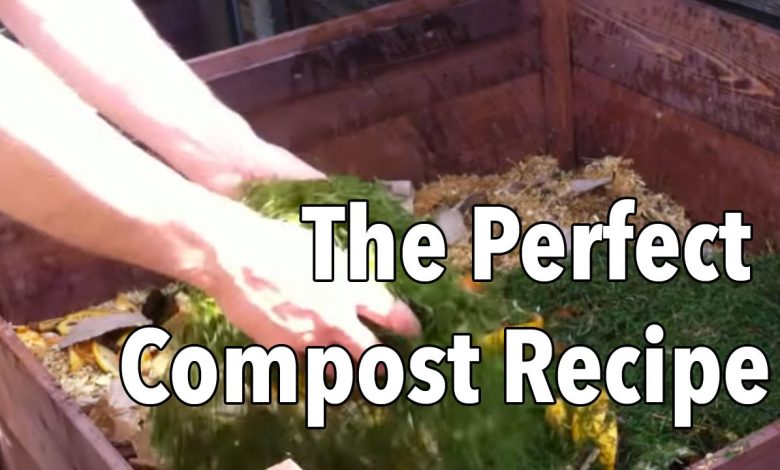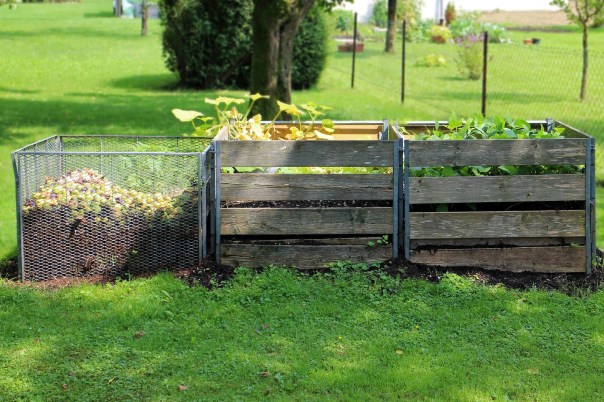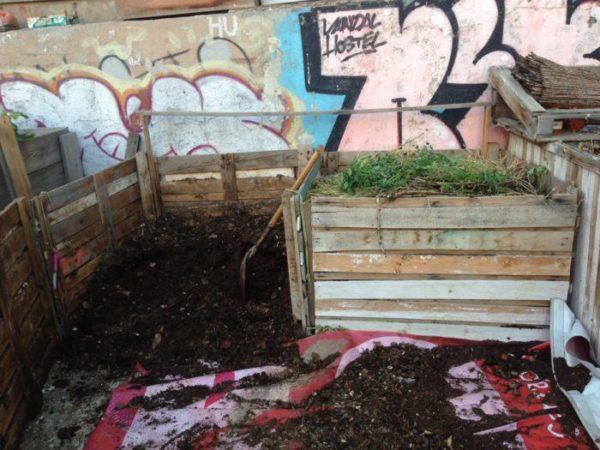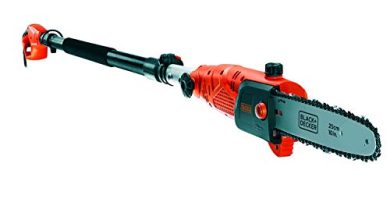How to make Compost for the garden step by step: Video tutorial

Very good to all Agrohuerters. The truth is that I had not dared to talk about how to make compost until I had finished making mine, and almost a year after setting up the compost bin I have obtained good results with very little effort, so here I am to tell you about my experience:
Introduction to compost
Composting is key to the ecological management of your garden, through composting you not only get a great organic fertilizer for your plants, but you also reuse the waste generated by your own garden to give them a greater benefit. The process of making compost is slow and can be scary due to our inexperience, we think that it can be spoiled or it will not be effective and that is why we do not start composting in our garden or our house…
After doing mine I can tell you that with a minimum of care and precautions you can make good quality compost and even if the process does not turn out perfectly you can always find a utility for the garden either to start a new compost bin or create a organic mulching that retains the moisture of your terraces, so without further ado let’s see what steps to follow to make compost.

Composter or pile composting
To make compost you need a physical space to store your waste, which is known as a compost bin. Now you can choose between encasing your waste heap in a structure or not, since the composting process is also carried out in the heap itself.
Make compost in drawers: This way of composting is very useful when your volume of waste is small. For the drawer you can use both recycled pallets and containers as long as they have holes to facilitate aeration of the composting pile and some structure, such as hatches that allow you to add the waste, turn it over and extract it once it matures.

Composting in a heap or pile: You can also compost your waste without covering it with any structure. This way of composting is more recommended if your volume of waste is very high and contains waste from different sources.
How to make compost step by step
Well, once we have the space, we have to fill it, for this we will pile up two types of waste, dry and wet, in a 1:2 ratio to maintain an adequate Carbon / Nitrogen ratio, not lose moisture inside the compost bin and that the process develop correctly.
Dry residue: These residues have a high concentration of carbon, which is why they are difficult to degrade and only one part of them is added for every 2 parts of wet residue. For the dry residue you can use: Sawdust, paper and cardboard, cereal straw (wheat, oats, rye, barley…), vine shoots, pruning branches of trees and shrubs, etc…
Wet residue: These residues have a high concentration of nitrogen, nitrogen is easily degraded and lost, therefore 2 parts of wet residue are added for each part of dry residue. For the wet residue you can use: Fresh vegetable remains, freshly cut legumes, grass, manure, etc…
Be careful when adding grass because its high water content can cause it to rot quickly, producing bad odours… It is best to let it dry a little before.
Waste that can NOT be composted:
For the process to develop correctly, there are some elements that you can never put in your compost bin and others that are better to avoid, such as:
Pet droppings, everything related to tobacco (they have compounds that inhibit some bacteria), diapers, magazines, non-organic materials (plastic, synthetic fabrics, glass…). It is also advisable to avoid: Acidic foods, meat, fish, dairy products, products that contain fat, etc…
Compost Evolution: What Tasks to Perform
Once we have a full compost bin, to make compost we have to pay attention to the composting kinetics, how our composting pile evolves depending on the temperature, humidity and pH.
If you have made a good mixture of waste, 2 wet for 1 dry, you will have fewer problems but even so you have to carry out some tasks to guarantee the success of our compost bin:
Flip: We will remove the composting pile a couple of times a week so that the decomposing organisms have enough oxygen to function and that our compost does not compact and rot, producing bad odors.
Water: If you have added two parts of wet for each one of dry you will not have so many humidity problems, you can still water the compost pile periodically with urine or let the rain fall on the pile (do not cover the compost bin).
Always protect your pile from sudden changes in temperature and periodically add other small crushed remains (they will take up less volume in the compost bin) to activate the microorganisms inside the pile.
When is the compost ready?: Mature compost
When your compost pile considerably reduces its volume and the remains acquire a blackish-brown color, it means that you already have the compost ready.
Do not forget that you have to sift or sift the mature compost from other elements that are not yet completely composted to avoid problems, microorganisms remain in the mixture, etc… Once sifted, let it rest for a couple of days in a separate pile and then only you have to add it to your crops.
As you can always ask us about your compost, I recommend that you always consult manuals and more information before venturing out, but be clear that it is easier than it seems.
All the best


![Photo of How to Plant a Hazelnut and Harvest Your Own Hazelnuts: [Complete Guide]](https://www.complete-gardening.com/wp-content/uploads/2022/08/how-to-plant-a-hazelnut-and-harvest-your-own-hazelnuts-complete-guide-390x220.jpg)
![Photo of Laurisilva: [Cultivation, Irrigation, Associations, Pests and Diseases]](https://www.complete-gardening.com/wp-content/uploads/2022/08/laurisilva-cultivation-irrigation-associations-pests-and-diseases-390x220.jpg)
